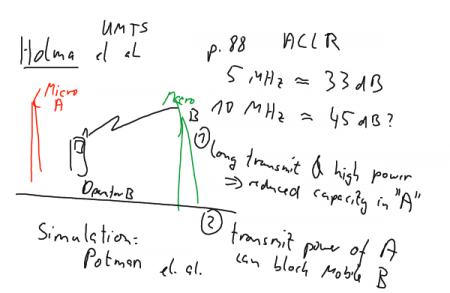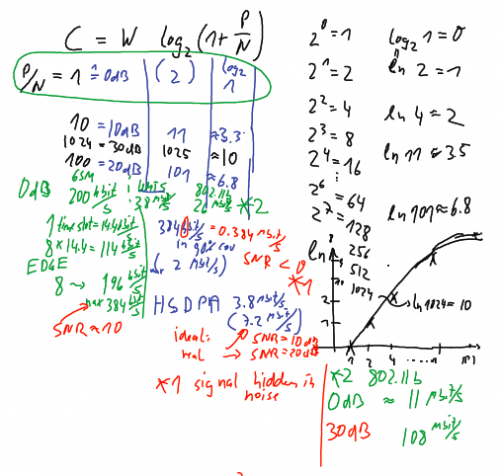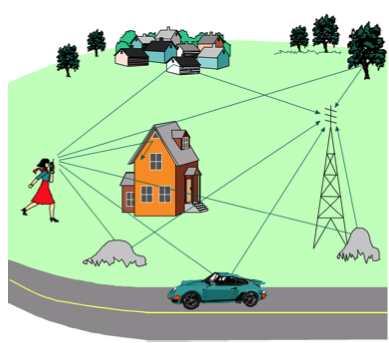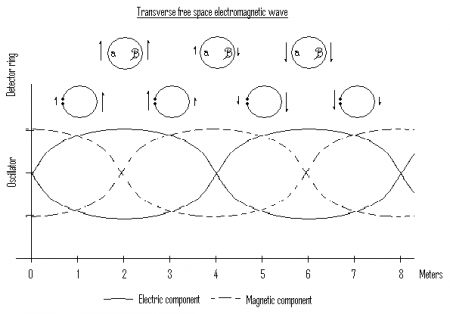Test pres
| Wiki for ITS | ||||||
|---|---|---|---|---|---|---|
|
- Title
- Testing S5Slideshow for Semantic MediaWiki
- Subtitle
- Combined Presentation and handouts for students
- Author
- Josef Noll
- Footer
- Test pres
- Subfooter
- UNIK4700 Compendium
Contents
⌘ UNIK4700 Building Mobile and Wireless Networks
Based on Lecture series UNIK4700 and the Building_Mobile_and_Wireless_Networks_Compendium.
Disclaimer: This compendium provides information on aspects of radio wave propagation, antennas, system aspects, and handover schemes for mobile and wireless systems. The compendium is foreseen for the UNIK4700 course on Building Mobile and Wireless Networks, and is kept on the system aspects level. UNIK has several courses on Radio and Network technologies as part of the Wireless Networks and Security (WNaS) research area.
⌘ Challenge
The compendium contains slides and explanations. The slides are scientific topics, examples, and exercises, and should be presented as slides to the students. Explanations and presenter notes, or written text to explain difficult content, should be omitted in "slideshow" mode, and be only visible in in "normal" mode.
⌘ A4-Signal Strength and Capacity
Main focus in the previous lectures was on propagation effects. We will first repeat the main conclusions from last lecture on electromagnetic signals, and then introduce the capacity of a system based on Shannon's theorem.
New literature:
- J. Noll, K. Baltzersen, A. Meiling, F. Paint , K. Passoja, B. H. Pedersen, M. Pettersen, S. Svaet, F. Aanvik, G. O. Lauritzen. '3rd generation access network considerations'. selected pages from Unik/FoU R 3/99, Jan 1999 (.pdf]])
- H. Holma, A. Toskala (eds.), "WCDMA for UMTS", John Wiley & sons, Oct 2000, selected pages
Comments
Figure: Illustrating reduction of capacity in network A (top) and blinding of phones in cell (B)
More detailed discussions on these effects can be found in the literature indicated above.
⌘ Signal/noise ratio
,
where P is average power
- why talking about noise?
- dB,
- near-far problem
[source: Wikipedia]
⌘ Shannon Theorem
- The fundamental theorem of information theory, or just Shannon's theorem, was first presented by Claude Shannon in 1948.
- Given a noisy channel with channel capacity C and information transmitted at a rate R, then if R < C there exist codes that allow the probability of error at the receiver to be made arbitrarily small. This means that theoretically, it is possible to transmit information nearly without error at any rate below a limiting rate, C.
- See File:LarsLundheim-Telektronikk2002.pdf: The channel capacity of a band-limited information transmission channel with additive white, Gaussian noise. This capacity is given by an expression often known as “Shannon’s formula”:
[bits/s]
with W as system bandwidth, and in case of interference free environment, otherwise
, where
with
as Boltzmann constant and
as temperature in Kelvin.
⌘ Shannon - formula
[bits/s]
Exercises
- calculate capacity for W= 200 kHz, 3.8 Unik/MHz, 26 Unik/MHz, (all cases P/N = 0 dB, 10 dB, 20 dB)
- If the SNR is 20 dB, and the bandwidth available is 4 kHz, what is the capacity of the channel?
- If it is required to transmit at 50 kbit/s, and a bandwidth of 1 MHz is used, what is the minimum S/N required for the transmission?
[source: Wikipedia, Telektronikk 2002]
Comments
Figure: Calculation of Shannon capacity for GSM (GPRS, EDGE), UMTS (packet data, HSDPA) and 802.11b
Figure: Log_10 function and related power. The power expressed in dB is 10 times the log_10 of the normalised power.
There are also the abbreviations
-
stands for power with respect to 1 mW. How much is 0 dB_m and 10 dB_m?
-
Power of a sound (or music).
⌘Test Drawing
| Orange | Apple |
|
This column is 30% of the screen width
|
⌘Big Drawing
|
This column is 50% of the screen width
|




